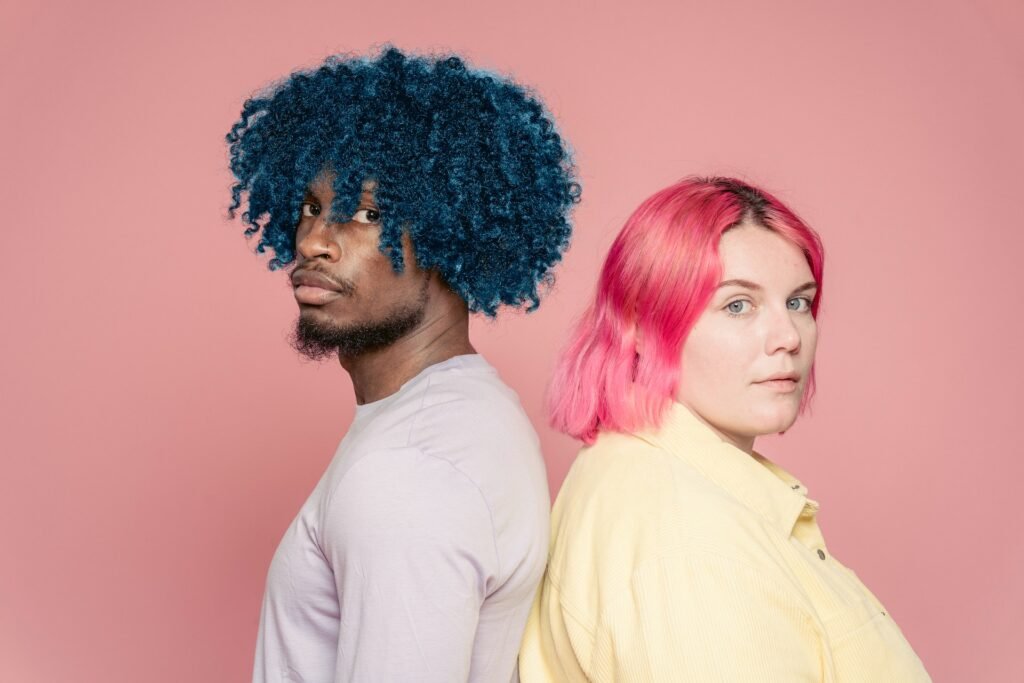We used to say that pink for girls and Blue for Boys. But do these gender norms reflect innate biological differences between the sexes, or are they created by culture? It depends on whom you ask.
The colored sex caused many problems for parents. When they buy clothes they often choose an all-pink or pink color for boys, but pink is not for boys so leave it alone. The same happens when shopping for young girls. Because they reject all blue articles, saying it’s a boy’s color. Sometimes boys choose pink clothes, but they are afraid to break the stereotype of pink for girls.

Where it began
So why is pink the color of girls and blue the color of boys? In the mid-19th century, pastel colors made their way into children’s clothing. Until the 20th century, these colors were not gender specific. Then Gender tests attracted designers to design gender-specific clothing. Initially, pink was for boys and blue for girls. Then it was decided that pink would be more subtle for girls and blue would be stronger for boys.
If you want to satisfy your curiosity as to why pink is used for girls and blue for boys, read this article.
American hospitals use pink and blue gowns to identify boys and girls. Why is pink good for girls and blue for boys? Before pastels became popular, people dressed their children in white until the age of six. Light colors were introduced in the mid-19th century. These colors only became gender-specific in the 20th century.
At the turn of the 20th century, many famous clothing stores offered pink for boys and blue for girls. This trend changed in the 1940s when baby boomer boys started dressing in blue and girls in pink. Pink was considered a soft color for girls, and blue for boys. As gender roles grew in the 1980s and beyond, pink became a fashion trend for women and blue for men.
In the 1940s, Aboriginal children began dressing their children in gender-specific clothing. Let me explain for those who don’t know baby boomers. After World War II in 1945, between 1946 and 1964, there was a significant increase in births. This person has been dubbed the “Baby Boomer” because of the surge in births over the past 22 years.
After the popularization of pastel colors, two colors were chosen for babies. The boys were pink and the girls were blue. The baby boomers changed this norm and started gender-coloring their children, using pink for girls and blue for boys. Blue and pink have gone through many ups and downs in history, but after gender-bending parties, pink has become a highly recommended color for girls and blue for boys.
Is it a part of masculinity and femininity?

Gender colors were less common in antiquity. Blue, yellow, and green are common boy colors that you may be familiar with. But of all the colors, blue is the most important. This does not mean that blue is not for women. Pink for women and blue for men have been popular since the 1980s. Colors have no fixed rules for masculinity and femininity. You can dress the boy or girl in any color they like. If you want, you can break the stereotype of gender color profiles by dressing your children in any color.


